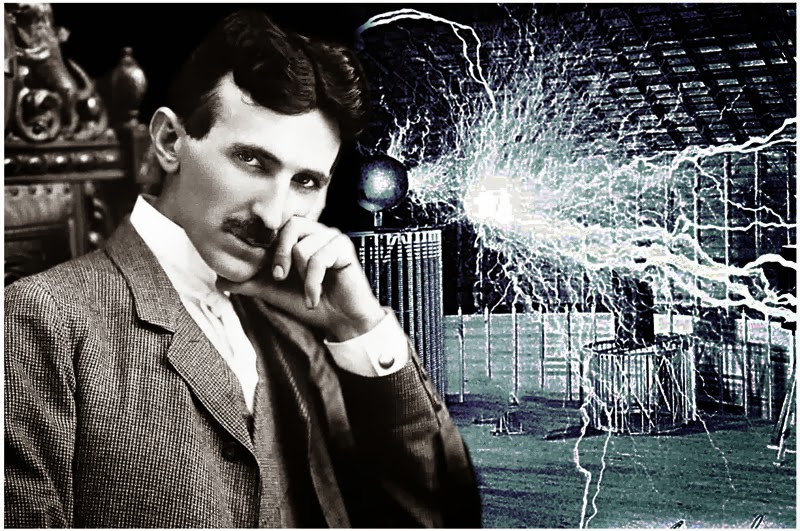In the world of invention and science, few stories are as compelling as that of Nikola Tesla. Known today as a visionary genius, Tesla began his journey in the United States with nothing more than a few coins in his pocket and a heart full of ambition. When he arrived in New York City in 1884, he had only four cents to his name and a letter of introduction addressed to one of the most powerful men in American innovation Thomas Edison.
The letter, written by Tesla’s former employer in Europe, claimed that Tesla could be invaluable to Edison. This message opened the door to what could have been a groundbreaking partnership. But instead of collaboration, what followed was a bitter rivalry that would shape the future of electricity forever.
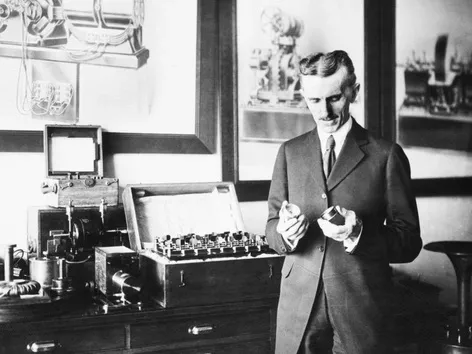
Tesla’s Time with Edison: High Hopes and Harsh Reality
At first, Edison hired Tesla to improve his direct current (DC) generators. Eager to prove himself, Tesla worked tirelessly. According to Tesla’s later accounts, Edison promised him $50,000 if he could successfully redesign and improve the DC systems. Tesla, driven by belief and trust, did just that.
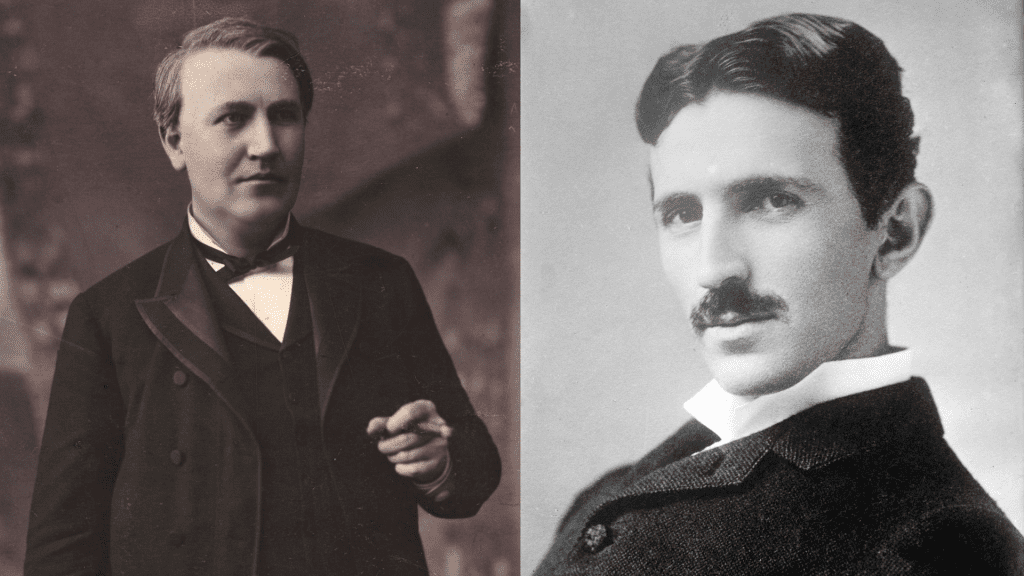
When he returned for the promised reward, Edison reportedly laughed and told him, “You don’t understand our American humor.” Tesla was stunned and betrayed. Not only did he not receive the promised money, but his ideas were also dismissed. That moment was a turning point. Tesla quit his job with Edison and walked away with nothing but his pride and a fire in his soul.
Video:
The Tragic Story of Nikola Tesla
From Disappointment to Destiny: The Rise of Alternating Current
After parting ways with Edison, Tesla began working on his own vision for the future of electricity: the alternating current (AC) system. Unlike Edison’s direct current, which could only travel short distances and required expensive infrastructure, Tesla’s AC system could transmit power efficiently over long distances. It was safer, more powerful, and better suited to a growing, modern society.
Tesla found support from George Westinghouse, a businessman and engineer who saw the potential in Tesla’s work. Westinghouse bought the rights to Tesla’s AC patents and launched a battle against Edison in what became known as the “War of the Currents.” It was a fierce competition, with Edison launching smear campaigns and fear-based tactics to discredit AC power.
But science spoke louder than politics.
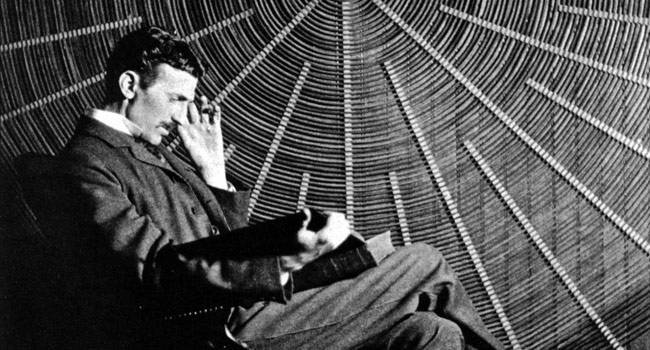
Winning the War: Lighting Up the World
The turning point came in 1893 at the World’s Columbian Exposition in Chicago. Westinghouse and Tesla won the contract to light the fair using AC power. The result was breathtaking. Millions of people saw for the first time how electricity could truly transform the world. It was a spectacular victory not just for AC power, but for Tesla’s vision of the future.
That same year, Westinghouse and Tesla were awarded the contract to build the first hydroelectric power plant at Niagara Falls. When it went online in 1896, it provided electricity to the city of Buffalo, New York, proving once and for all that AC was the way forward.
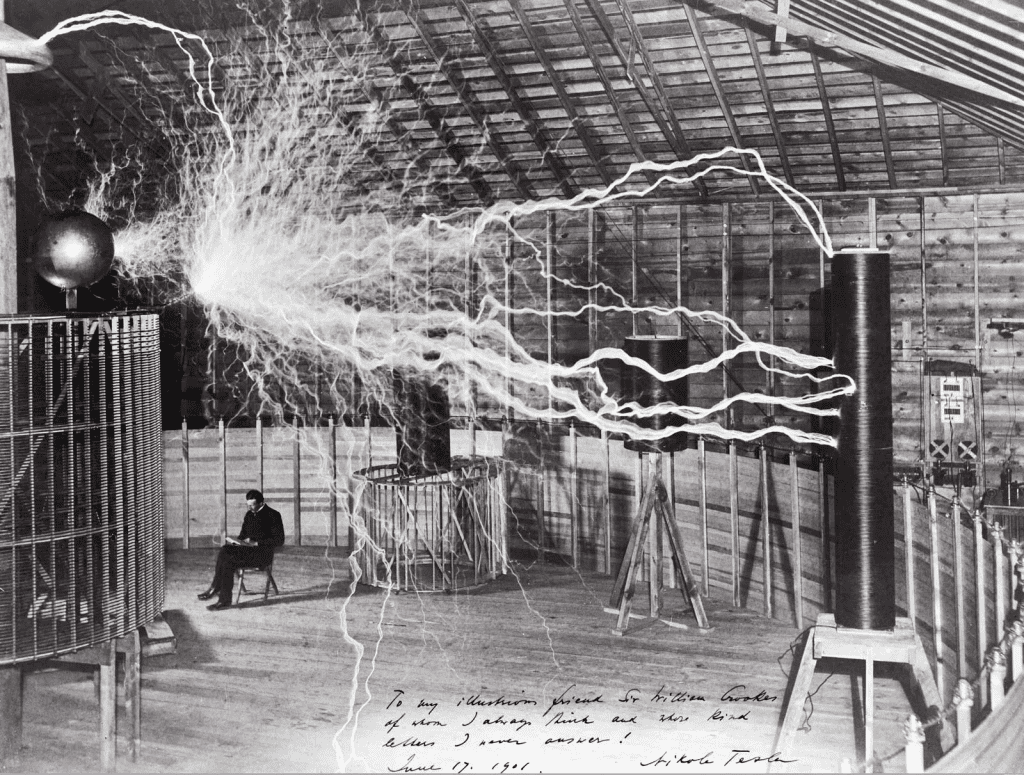
Tesla’s Legacy: A Vision That Still Powers the World
Though he struggled financially for most of his life, Nikola Tesla’s contributions to science and technology are immeasurable. He had over 300 patents and was responsible for advancements in radio, wireless communication, X-rays, robotics, and more. But it was his AC electricity system that changed the course of history.
Video:
Nikola Tesla’s True Legacy and Why Has it Been Overshadowed?
Tesla’s vision wasn’t just about lighting homes; it was about creating a better world. He believed that energy should be free and available to all. Though many of his more radical ideas were never fully realized in his lifetime, they continue to inspire innovation today.
Conclusion: From Four Cents to a Global Legacy
Nikola Tesla’s journey is a powerful reminder that great ideas can come from the most unlikely places. From a penniless immigrant to one of history’s greatest minds, Tesla’s story is one of perseverance, passion, and principle. Even after being betrayed by Edison and laughed out of a $50,000 promise, Tesla didn’t give up. Instead, he created the foundation for the very electrical system that powers our modern lives.
He started with four cents and a dream. What he gave the world was priceless.
